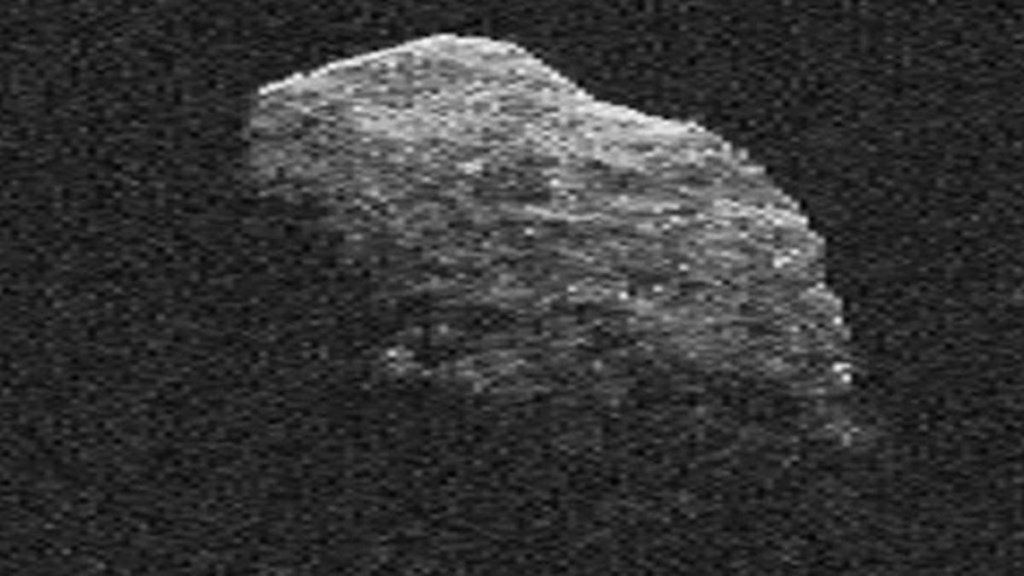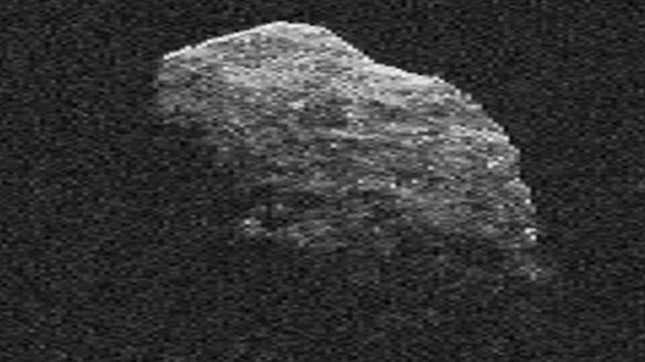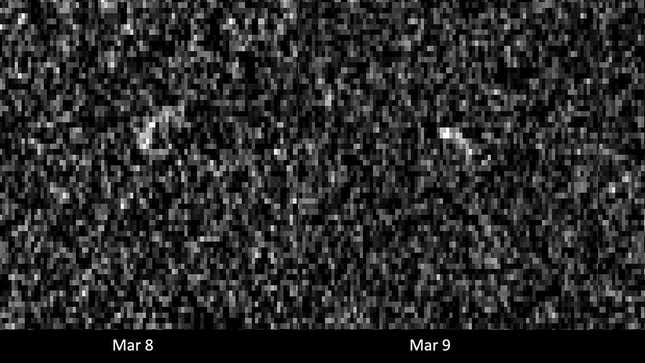How Scientists Are Preparing for Apophis’s Unnervingly Close Brush With Earth

How Scientists Are Preparing for Apophis’s Unnervingly Close Brush With Earth (Image Credit: Gizmodo-com)

In about five years’ time, a potentially hazardous asteroid will swing by Earth at an eerily close distance of less than 20,000 miles (32,000 kilometers). During this rare encounter, Apophis will be ten times closer to Earth than the Moon and scientists want to take full advantage of its visit.
Apophis is a on trajectory towards an Earth flyby on April 13, 2029. When it was first discovered in 2004, the 1,100-foot-wide (335 meters) near-Earth object was designated as a hazardous asteroid that could impact our planet. Later observations, however, reassured scientists that there’s no need to panic just yet, and that the asteroid has no chance of crashing into Earth for at least another century.
Related Content
That’s very good news given the size of this object and the serious damage it would inflict should it some day strike our planet. Hopefully that’ll never happen, but objects of this size tend to hit Earth about once every 80,000 years, unleashing catastrophic damage and global-scale impact winters.

During its upcoming flyby, scientists want to explore the asteroid to determine whether Earth’s gravitational field will have an impact on Apophis’ orientation, composition, and spin. It could result in asteroid quakes, for example, causing a shift in how its materials are distributed within, or alter the appearance of its surface. Scientists hope to chronicle these potential changes by comparing observations of the asteroid before and after its 2029 encounter with Earth. Physical changes to the asteroid could alter its orbital path, so it’s clearly something scientists will want to document.
Private space companies like Blue Origin and startup Exploration Labs, or ExLabs, have come up with proposals for missions to rendezvous with Apophis before its anticipated flyby, SpaceNews reported. During a recent workshop at a European Space Agency center in The Netherlands, the companies pitched their mission concepts in an effort to learn more about the asteroid and other space rocks that could pose a potential risk to Earth.
Blue Origin’s proposal included using its Blue Ring orbital platform to deliver payloads to Apophis. Blue Ring, which is set to make its debut by the end of 2024, is designed to provide end-to-end services for both commercial and government customers, and can host payloads that weigh up to 6,600 pounds (3,000 kilograms).

The orbital platform can be used to deliver instruments or deployable spacecraft to Apophis for low-cost, low-risk missions, Steve Squyres, chief scientist at Blue Origin, is quoted in SpaceNews as saying.
For its proposal, ExLabs presented an idea that had previously been studied by NASA’s Jet Propulsion Laboratory (JPL). Distributed Radar Observations of Interior Distributions, or DROID, would send a spacecraft to Apophis that deploys two cubesats to perform a “CAT scan” of the asteroid’s interior, according to SpaceNews. The mission would launch in May 2028 and arrive at Apophis in February 2029.
Earlier in February, NASA hosted a workshop to seek ideas from the private sector “on innovative approaches to conduct missions during the Earth flyby of the asteroid Apophis in 2029.”
NASA’s OSIRIS-APEX spacecraft, formerly known as OSIRIS-REx, is already on its way to study Apophis and observe changes the asteroid may endure from its close encounter with Earth. After dropping off samples from the Bennu asteroid in the Utah desert, the spacecraft was repurposed for a new errand, having to carry out close passes to the Sun, as well as three Earth gravity assists, to reach Apophis in five years.
The space agency also has a spare pair of spacecraft that can be repurposed to study the Apophis asteroid. The Janus mission was supposed to launch in August 2022, hitching a ride to space with the Psyche spacecraft to explore a metal-rich asteroid. An unfortunate software glitch delayed Psyche’s launch two months before its liftoff, thereby affecting its ride-along missions.
Psyche later launched in October 2023, but its new launch window could not deliver Janus’ twin probes to the mission’s original targets. As a result, the spacecraft were taken off the launch manifest and stowed away at Lockheed Martin.
The pair of spacecraft were originally meant to visit asteroids 1996 FG3 and 1991 VH, but could be repurposed to study Apophis instead. Although there are some differences between Apophis and the original targets of the Janus mission, the twin probes can still carry out a flyby and run similar observations of Earth’s incoming visitor.
And this is just the start. Other missions could be announced in the coming months and years given the scientific importance and rarity of such a close encounter.
For more spaceflight in your life, follow us on X and bookmark Gizmodo’s dedicated Spaceflight page.





